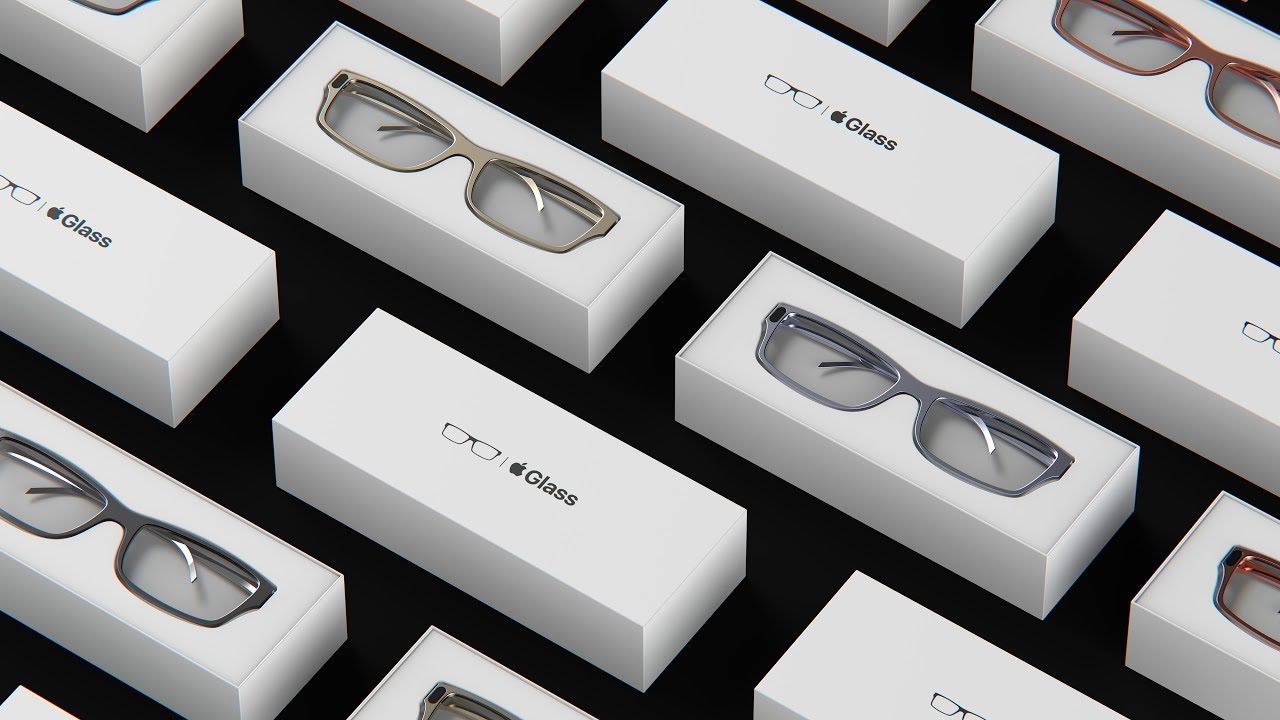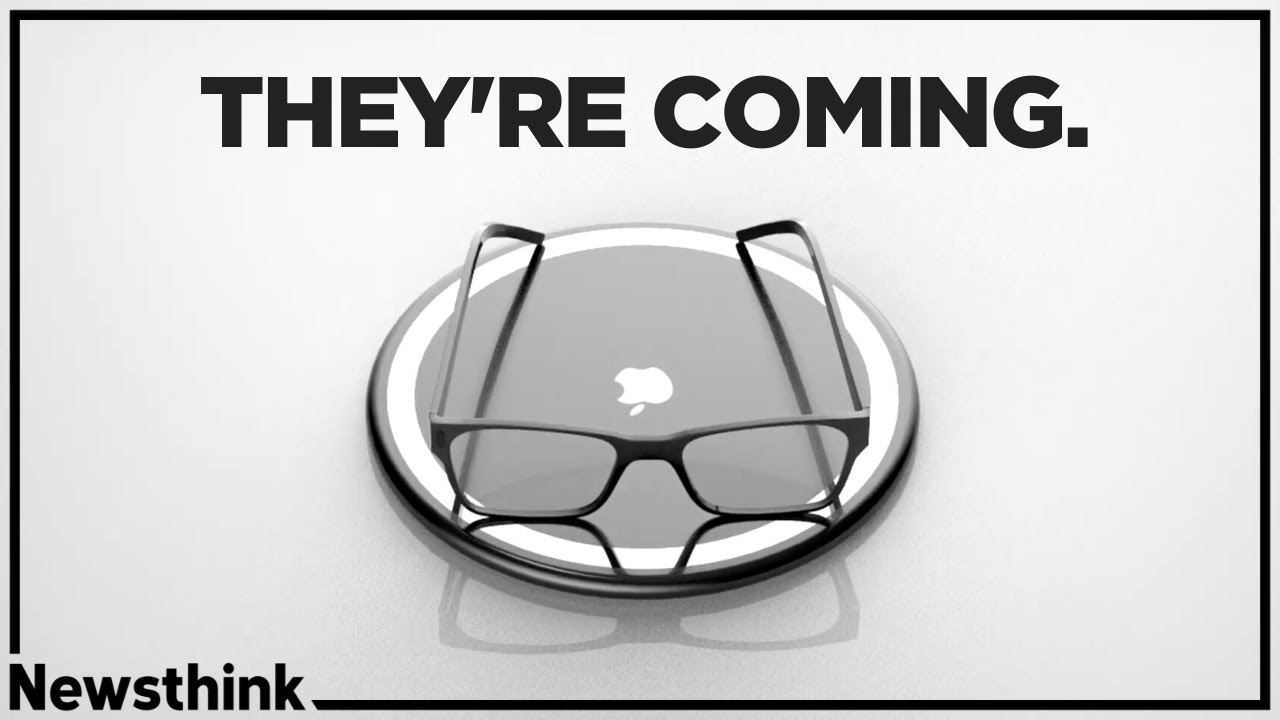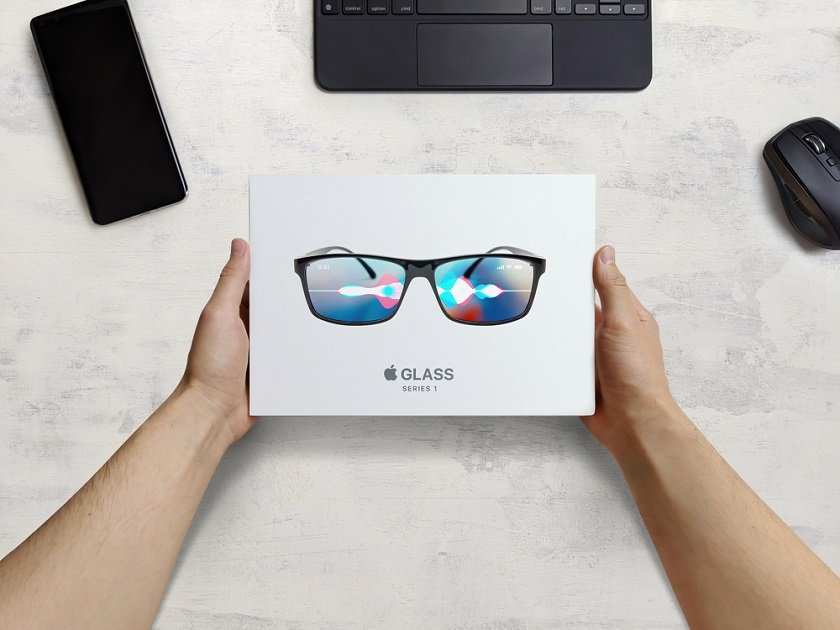
Apple is rumored to be working on both virtual reality (VR) and augmented reality (AR) glasses. While there is no official confirmation from Apple, there have been a number of reports and leaks that have shed some light on what these glasses might look like and what features they might offer.
Apple VR GlassesThe Apple VR glasses are rumored to be a high-end device that will be aimed at gamers and other power users. They are expected to have a high-resolution display, a powerful processor, and a wide field of view. The glasses are also rumored to have haptic feedback and eye tracking capabilities.
Apple AR GlassesThe Apple AR glasses are rumored to be a more lightweight and affordable device that will be aimed at a wider range of users. They are expected to have a smaller display than the VR glasses, but they will still be able to provide a compelling AR experience. The glasses are also rumored to have a built-in camera and microphone, which could be used for video calling, navigation, and other tasks.
Pricing and AvailabilityThere is no official word on pricing or availability for either the Apple VR or AR glasses. However, it is rumored that the VR glasses could cost around $1,000, while the AR glasses could cost around $500. The VR glasses are rumored to be released in 2023, while the AR glasses are rumored to be released in 2024.
The Future of Apple VR and ARApple is seen as a major player in the VR and AR markets. The company has a strong track record of innovation and a large user base. If Apple is able to release successful VR and AR glasses, it could have a major impact on these markets.
Buy Apple Products from Amazon
Discover the incredible range of Apple products available on Amazon and support our channel by making your purchase through our provided links. Your support helps us continue to deliver the latest news, updates, and reviews on Apple products, ensuring that you stay informed about the best in the tech world. Plus, don't miss out on protecting your Meta Quest remote control with high-quality protectors available at the following Amazon link. Invest in the longevity of your device and enhance your gaming experience. Shop now and join our community of Apple enthusiasts! [Amazon link for Meta Quest remote control protectors]
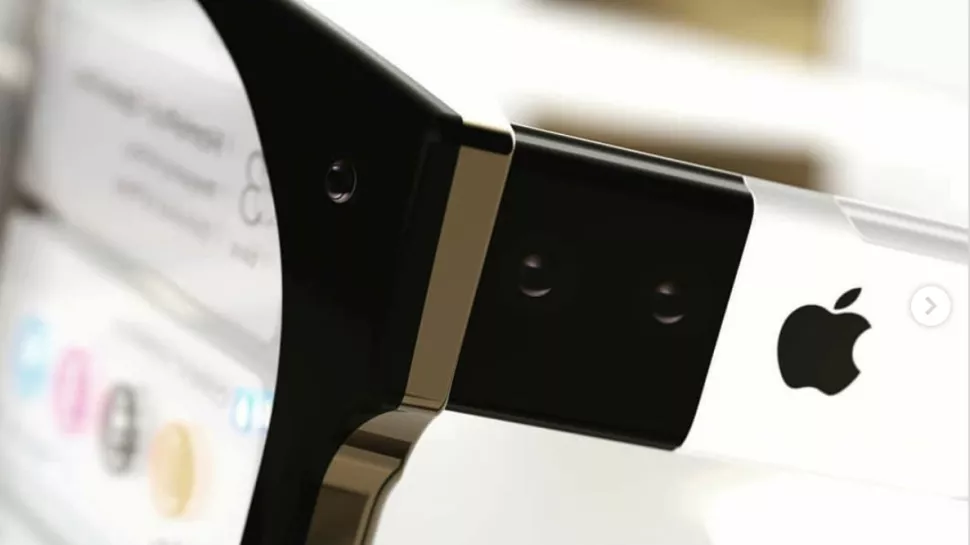
More info:
Apple Glass could arrive as soon as next year, one reputable analyst said, while another long-time source for Apple product launches claims the arrival will not occur until 2022.
Mark Gurman of Bloomberg said that the earliest we'll see them is 2023. Either way, the plan is undoubtedly in the works.
It is expected that Apple Glass will run a proprietary operating system on Starboard (or maybe glassOS) uncovered in the final version of iOS 13. In code and text papers, the augmented reality platform appears several times, suggesting Apple is likely to test activation and implementation.
Here's all we know about Apple Glass, including the date, price, design and specs of the potential release.
Concept for Apple Glass
Latest update on Apple Glass (updated Dec. 16)
A patent for Apple Glass has shown how smart glasses can help you see in the dark.
A new patent suggests that by presenting key environmental information, Apple Glass could help you "see" better in the dark.
According to display analyst Ross Young, the Apple Glass headset could use Sony OLED displays for AR.
Release Date for Apple Glass
According to a Bloomberg article, Apple Glass will arrive in 2023 at the earliest. Closer to launch is an Apple VR headset positioned to compete with the Oculus Rift 2.
But Apple Glass will not be ready to ship until 2022 at the earliest, according to TF International Securities analyst Ming-Chi Kuo, possibly the most credible and accurate Apple expert. However as indicated by Bloomberg, a presentation seen internally at Apple and leaked to The Information sets the launch date as 2023.
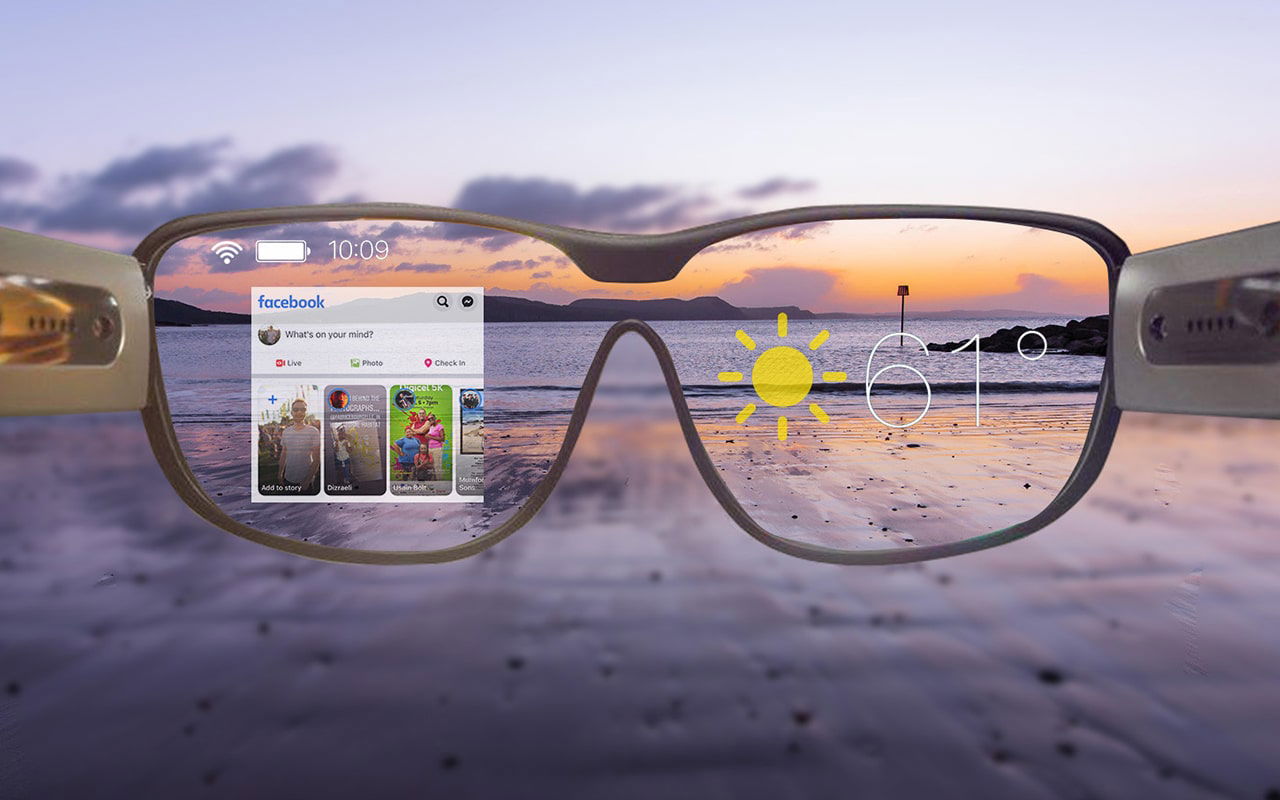
Jon Prosser, a trustworthy Apple leaker, says Apple Glasses might arrive earlier than we thought. Something might be wrong. The launch is planned for "March-June 2021." Prosser claims.
Prosser also says that before it's ready to ship, the company will reveal Apple Glass, just like it waited several months to sell the first-generation Apple Watch after its launch. Apple reportedly wants media members present for the announcement, so it should wait until tech events resume in-person.
According to Prosser, the company could expect to unveil the lenses as a "one more thing" announcement at its annual fall keynote.
As of July 10, The Information announced that Apple Glass lenses had passed the prototype stage and entered trial production, taking Apple's wearable system to the market as a significant milestone.
Headset with Apple VR vs. Apple Glass
Advertising
The company is working on a VR headset, in addition to Apple Glass, that could be less complicated and closer to launch.
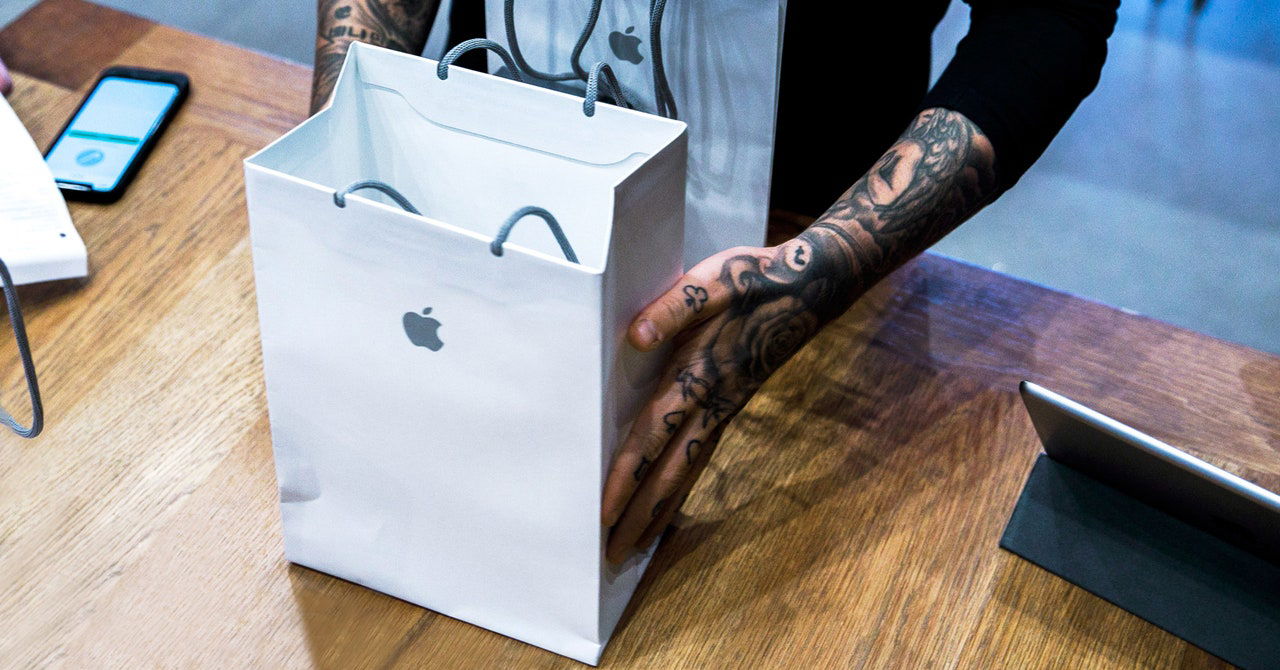
According to individuals who have seen prototypes, the Apple VR headset reportedly features ultra-high-resolution displays and a cinematic speaker system that should allow realistic visual experiences.
The headset looks like a slimmer, fabric-swathed, Oculus Quest, those sources also said but the design is not final as the company continues to test to determine the best fit for most head shapes.
Although we don't expect it to be cheap, there's no word on price. The Search begins at $399, although it costs $799 for HTC's Vive and a whopping $3,500 for Microsoft's HoloLens 2.
The Apple VR headset, like its rivals, will reportedly benefit from its own App Store, where gaming, video streaming and messaging applications can be accessed by users. Voice assistant Siri will have the task of controlling the headset, although it is mentioned that a physical remote is also being tested.
The VR headset is on schedule for a potential release date to launch next year and be available in 2022.
Price on Apple Glass
The Apple glasses are presently priced at $499, plus prescription costs, according to Prosser. Now, particularly compared to competing augmented reality headsets like the Microsoft Hololens 2, that may seem poor.
Hololens 2 has a $3,500 price tag, but a significant part of its expense comes from the incorporation of all the electronics needed to run the AR experience into the headset.
Instead, Apple Glass will rely on an iPhone companion for production, so it will have considerably less components and complexity than Hololens. It'll work just like the smart glasses from the Vuzix Blade, which have an integrated camera and Alexa integration.
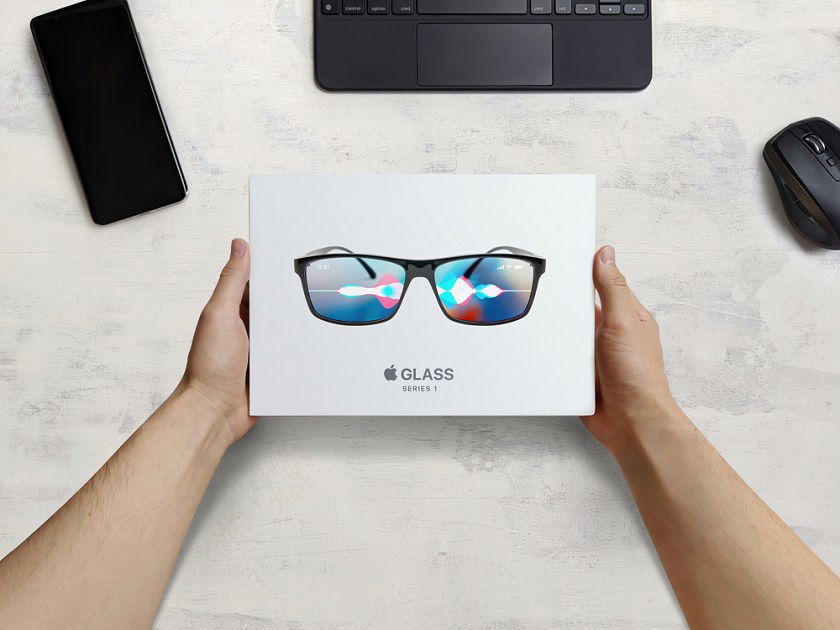
Even so the Vuzix Blade starts at 799 dollars. The entry point for Apple is considerably more affordable, costing as much as some of its top-spec smartwatches.
Features of Apple Glass: What they're really going to do
Glass from Apple
The Apple AR Glasses can carry information from your phone to your face, according to a Bloomberg article. In particular, the eyewear "are expected to synchronize with a wearer’s iPhone to display things such as texts, emails, maps, and games over the user’s field of vision."
Apple already has plans for third party applications and, similar to how you get apps for Apple TV and Apple Watch, is planning a dedicated app store.
In addition, a patent issued to Apple has further fueled the rumor that Apple Glass does not require prescription lenses because the smart glasses use a "optical subassembly" to adapt automatically for people with impaired eyesight. This patent may however, be for a standalone VR headset powered by a smartphone or a second-generation pair of Apple smart glasses.
A chroma-keying patent on Apple Glass
Another Apple glass patent explains how, close to zoom, you would be able to change the context on the fly. The patent explains how a headset can conduct chroma keying, which substitutes something else for a solid color backdrop.
The headset will "format images of the camera, detect the selected color range and create a virtual content composite." “
A patent demonstrating how Apple Glass can zoom in on stuff while mapping digitally
(Image credit: patent from Apple)
Similar to Google's Street View, one Apple Glass patent points to how it could let you see parts of the world you want to see. The difference is that this vision will be directly projected onto the lenses of Apple Glass. And you could teleport yourself digitally to various locations.
Apple also has a similar feature called Look Around in the Apple Maps app, except on Apple Glass, this will be even more interactive.
A recent Apple patent shows that just like Zoom, the Apple Glass will be able to allow you to adjust backgrounds on the fly.
One of the more Apple patents out there indicates that through depth sensors that provide a greater look at the world around you, Apple Glass might help you see better in the dark.
Style of Apple Glasses
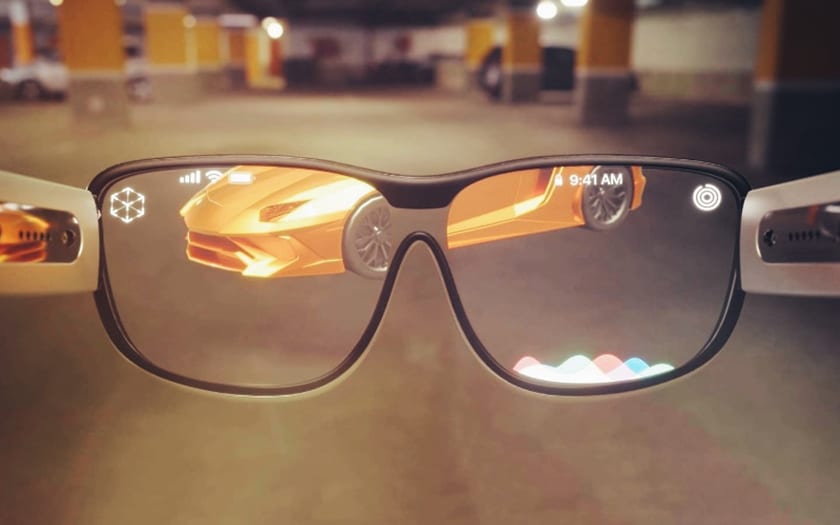
Reportedly, the most recent Apple Glass prototype looks like a "un-intimidating" pair of plastic glasses, while marketing materials suggest a Clark Kent-esque style.
On the right temple, it has a LiDAR scanner, but for privacy purposes (although that may change) no other cameras. The glasses even come with a plastic stand with wireless chargers.
Being an iPhone accessory would certainly have consequences for the design of Apple Glass. While the glasses aren't going to be lightweight like your aviators from Ray-Ban, they may be light enough and comfortable enough to function as everyday glasses.
There are no plans for Apple Glass to come in a tinted variety for the first generation. You're stuck in the near future using your usual 'ole sun blockers. But maybe the company would consider expanding its offerings if Apple Glass takes off.
Apple Glass may have a modular trick up its sleeve as well. The rumored pair of mixed reality glasses may have swappable weapons that each supply or perform a different role for a separate purpose.
Specs on Apple Glass
There are no established Apple Glass requirements yet, but we can guess based on what we know about the latest technology. For instance at least the same field of view (52 degrees) and resolution (47 ppi) as the Hololens 2 will be available.
If Apple intends to create a true solution for augmented reality, it is fair to expect Apple Glasses to connect directly to the iPhone on a dedicated Wi-Fi network as opposed to a heads-up display that displays 2D floating alerts or charts, such as Google Glass.
If the iPhone has to process all the video recorded by the cameras of the glasses and send the 3D images back to the glasses at a very high frame per second rate (a bare minimum of 60Hz, with an optimum refresh of 120Hz), a much higher bandwidth would be needed than what Bluetooth can offer.
As for battery life, if Apple wishes to be competitive, we can also expect a minimum of three hours, but we can assume that people would be more forgiving about this, especially if Apple offers a form of wireless charging glass case that can extend its operating time during the day, such as with the Apple AirPods.
The wish list for Apple Glasses: What We Want
Glasses that look like glasses: We would like some glasses that look normal, like the ones on this page in the concepts you see. Apple wants the same thing, I'm sure. No one needs geek-wear-like AR glasses.
AR in full 3D: Some people only want a heads-up display, but full 3D integration offers the true power of AR. You should be able to run any iOS AR app that currently works on the iPhone via the wearable system in order for Apple Glasses to be successful.
At least 8 hours of battery life: Apple should be able to find a way to make Apple Glasses last for a typical working day, assuming you do not run 3D AR apps all the time and occasionally look at notifications and 2D apps in between, but it might not happen in the first generation.
As more Apple Glasses rumors and leaks come out we'll keep updating this article. Be sure to come back and bookmark it.
